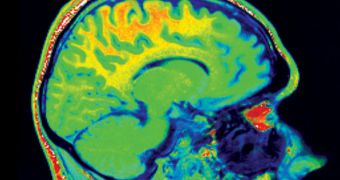The same areas of the human brain that underly the larger sense of morality each of us is experiencing daily are also activated when we engage in, or are exposed to, egalitarian behaviors. This was recently demonstrated using functional Magnetic Resonance Imaging (fMRI).
The imaging technique, which analyzes how blood flows through the brain as various regions are activated, revealed that the theories of morality proposed by respected philosopher and economist Adam Smith have a scientific basis.
According to a group of researchers, the ventromedial prefrontal cortex (vmPFC) and the insular cortex are the two areas of the brain that become most active when people behave in an egalitarian manner. The same regions code our aversion for inequality, as well as our altruism, fairness and reciprocity.
“Adam Smith contended that moral sentiments like egalitarianism derived from a ‘fellow-feeling’ that would increase with our level of sympathy for others, predicting not merely aversion to inequity, but also our propensity to engage in egalitarian behaviors,” the PNAS paper authors write, quoted by PsychCentral.

 14 DAY TRIAL //
14 DAY TRIAL //